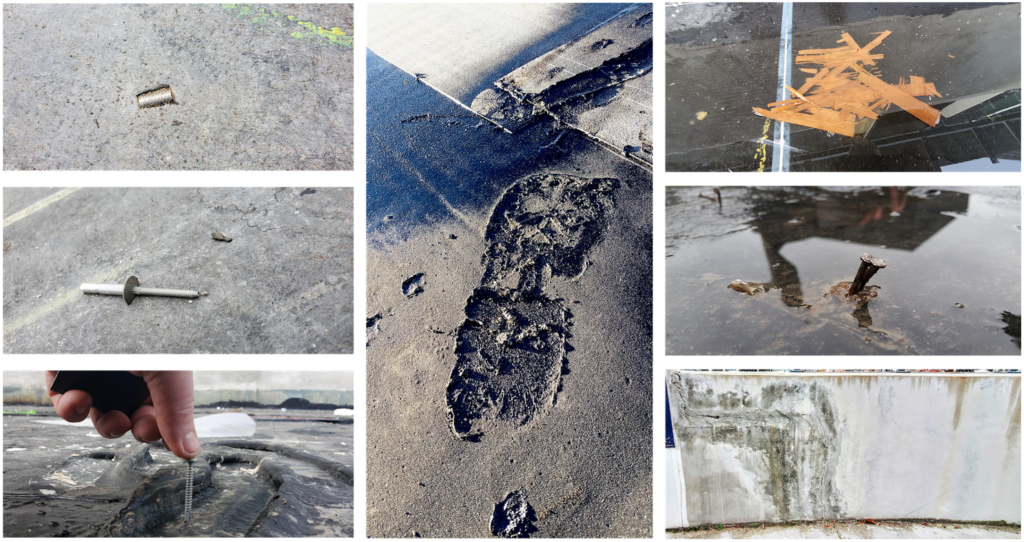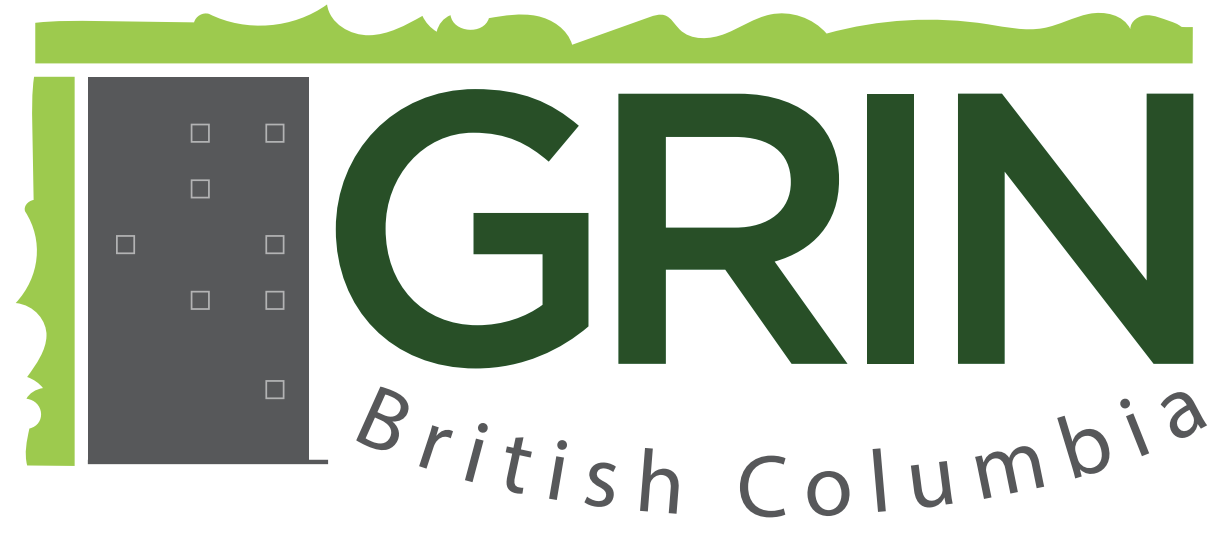
Greening BC Skylines Together...
GRIN is committed to helping dissolve the barriers that hinder the widespread and appropriate implementation of green roofs and green infrastructure. With so many simultaneous benefits, which provide resilience and support life during a biodiversity crisis, there is so much to gain.
The fact is that towns and cities with the most green roofs also have some form of policy levers in place that promote, incentivize and/ or support these nature-based solutions. In short, political will and leadership are essential. So, if you are a citizen wanting to see more action and commitments by your town/ city for green roofs, or if you’re a councillor or MLA wanting to build your understanding and confidence speaking about these systems, why not become a Green Roof Champion? GRIN is here to support you!
Canada and BC subsidize many industries, with the aim of supporting the economy and creating jobs. If the green roof market and industry received some support, this would create hundreds of green jobs, including but not limited to installation and maintenance; growing plants; supply and manufacture.
Job creation is a factor to leverage political support for green roof and wall policies, and linking job training programs to the initiative can build a strong case that politicians can get behind. Green Roofs for Healthy Cities has established accreditation training courses (which several GRIN members have contributed to and helped to create). The Green Roof Professional (GRP) and Green Roof Installation and Maintenance Professional (GRIMP) were designed for participants to develop skills, understand best practices and learn about the various dimensions of green roofs, while also:
construct and maintain green roofs according to standard industry practices
optimizing the range of benefits from green roof projects
Some myths are still in circulation, which can instil fear and uncertainty into projects that are actually straightforward, economical and beneficial. Please join us in countering these zombie myths, by putting them to rest with clear and confident facts!
False. It’s too expensive NOT to use green roofs!
It’s true that there are different pay-back strategies, and single-benefit cost analyses don’t capture all the co-benefits that green roofs provide simultaneously. While up-front cost of a green roof may be more than the cheapest roof, consider that:
This is especially relevant in Vancouver, where the Rain City Strategy mandates that 90% of rainfall must be contained on site. Specifically, by 2050 Vancouver aims to:
Given that the roofscape occupies over 30% of the impervious surfaces in Vancouver, green roofs have an obvious role to play in achieving these goals. As of January 1, 2024, new and simplified requirements are in effect for new Part 3 (complex) buildings, and most new buildings will require on-site rainwater management as if July 1, 2025. More info here.
Myth #2: GRs can’t be insured.
Incorrect/ irrelevant. Every building needs insurance, otherwise they won’t get a permit. While there may not be enough green roofs in BC, there are plenty. This little garage green roof belongs to GRIN board member, Randy Sharp. Buildings with green roofs are insured, whatever the building frame (yes, wood frame, too).

Here is a list of the companies authorized by the BCFSA to provide home warranty insurance in BC:
As well, in November 2024 the Roofing Contractor’s Association of BC launched its green roof guarantee program warranty. The RoofStar Vegetated Roof Guarantee is built on high standards, accepted materials and independent third-party observations. The Guarantee is backed by both the contractor and the RCABC Guarantee Corp, ensuring a true, third-party guarantee.
According to Dan Henrotte, President of the RCABC Board of Directors and owner of Cascade Roofing & Exteriors Inc, “The RoofStar Vegetated Roof Guarantee will offer a new benchmark for green roof installation. A green roof offers many benefits, from environmental impact (including stormwater management) to energy efficiency and increased property value. But, as is the case with all roof systems, it needs to be installed properly to ensure it functions effectively and lasts over time. The new guarantee program means building owners can take comfort knowing the job will be done right the first time.”
False. Green roofs prevent leaks!
“Forty-five percent (45%) of all new roofs develop serious problems within one year of installation. The National Roofing Contractors Association estimates that the sources of the problems are due to:
These estimates are confirmed by direct experience of our colleagues at SMT Technology (credit to images below). For more visuals and case studies, check out their blog contribution, “Rooted in Technology: Transcending Leak Anxiety with Confidence“.

To the question of “how”, there are three significant ways by which green roofs protect the membrane. They reduce:
False. No problemo. We just call them living walls when the slope gets steeper than 80 degrees.
Green roofs are engineered systems, and a range of products exist to ensure that the vegetation and media does not slump, erode or slide off. Generally it’s recommended that after 45 degrees, a green roof should have erosion barriers.

Untrue. Maintenance is essential to any roof, whether it’s green or gravel ballast. Prioritize it.
In 2021, Green Roofs for Healthy Cities and the Roofing Contractors Association of British Columbia (RCABC), along with an interdisciplinary committee of expert volunteer industry stakeholders and green roof experts, began collaborating on developing the Green Roof Installation and Maintenance Professional course and accreditation. In BC, this hands-on training program is delivered at the Roofing Contractors Association of BC headquarters in Langley. The first training was launched in November 2024.
